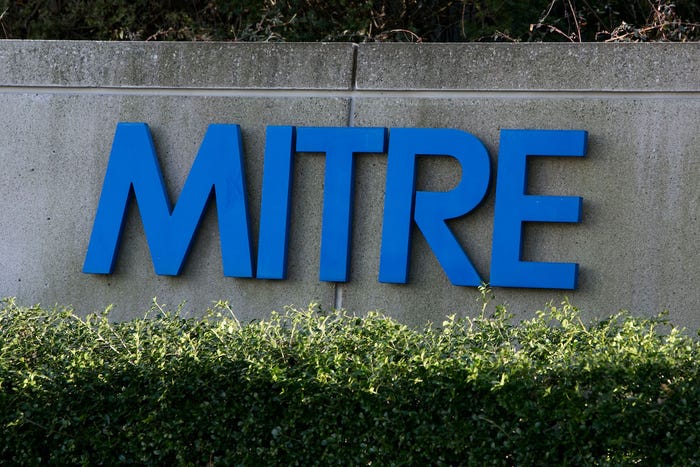Guerrilla Storage
Hackers could use your computers to house their data, Symantec researchers say

If you find a few megabytes of data in your buffers that don't belong to you, beware: You may have been infected by a storage-hungry parasite.
In its blog this week, Symantec Corp. (Nasdaq: SYMC) is warning users of an exploit called "parasitic storage," in which hackers store small amounts of data on hundreds of machines.
"A tiny bit of RAM on a large number of computers can be used to store secret data that an attacker wants to hide, while a lot of information can be stored on some servers at the risk of being found and removed," Symantec says.
The concept of parasitic storage is not new, and by itself it creates very little problem for users, since the storage load is usually diffused across the network in buffers or in transit, notes Javier Santoyo, manager of development at Symantec.
"But a problem may come if the data stored in the buffers is a trigger for malware on a machine," Santoyo says. "We haven't seen it yet, but there is a potential."
Parasitic storage is not just a way to save hackers a few bucks on a hard drive. In many cases, it's used to store sensitive or illegal data. By diffusing the data across many machines in a configuration controlled only by the attacker, a cyber criminal can "keep" incriminating information that can't be accessed by others.
"If the computer is powered off or unplugged, the data is lost forever," Symantec notes. "Although losing data this easily may be seen as a drawback to some, it's an advantage when the attacker wants plausible deniability. As far as anyone -- such as parents or law enforcement -- can tell, the data never even existed."
Unlike botnets, parasitic storage can make use of legitimate storage in network devices, without taking over or compromising the infected machine. "The attacker would have to compromise at least one system to make it work -- bad guys never use their own equipment for this type of attack -- but after that, they are basically using available memory on the network," Santoyo says. "It's very hard to detect, because it all looks like valid data."
"Another method of [parasitic storage] is to combine stenography (encoding text within images) with free image hosting," Symantec says. "On the Internet, there are many sites that allow users to upload full-size images, and even more that let users upload small avatars. An attacker can make use of thousands of these sites to hide a considerable amount of data.
"It may even be possible to encode the location of the next chunk of data in the current chunk, which means that only a small amount of data would have to be stored online," Symantec explains. "As long as this data is encrypted and spread out enough, it may not be possible to determine that the data even exists, let alone find it."
Santoyo says parasitic storage is "currently a low level threat" and Symantec is not currently developing any tools to stop it. Users can flush the hitchhiking data by recycling or rebooting their machines, but such rebooting is often difficult on devices such as servers, which run on a 24x7 basis, he notes.
— Tim Wilson, Site Editor, Dark Reading
About the Author(s)
You May Also Like
Beyond Spam Filters and Firewalls: Preventing Business Email Compromises in the Modern Enterprise
April 30, 2024Key Findings from the State of AppSec Report 2024
May 7, 2024Is AI Identifying Threats to Your Network?
May 14, 2024Where and Why Threat Intelligence Makes Sense for Your Enterprise Security Strategy
May 15, 2024Safeguarding Political Campaigns: Defending Against Mass Phishing Attacks
May 16, 2024
Black Hat USA - August 3-8 - Learn More
August 3, 2024Cybersecurity's Hottest New Technologies: What You Need To Know
March 21, 2024




